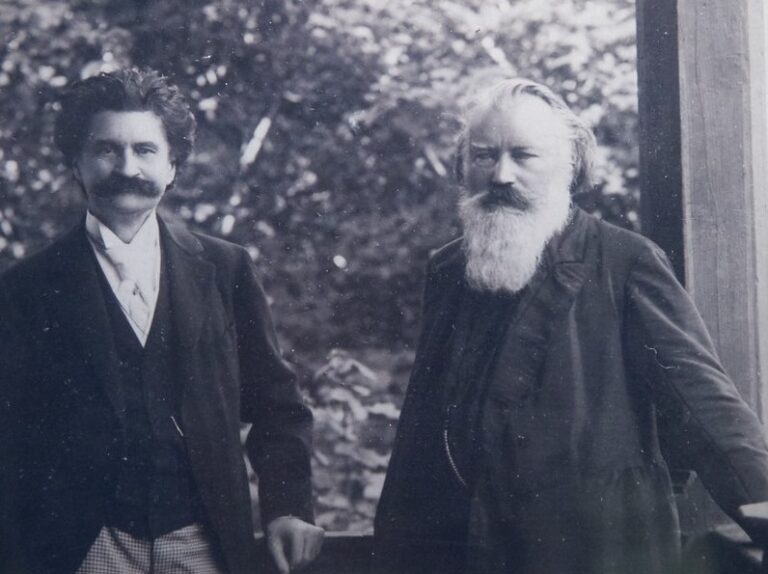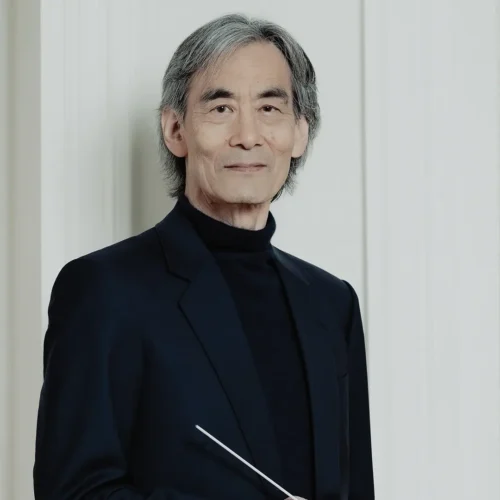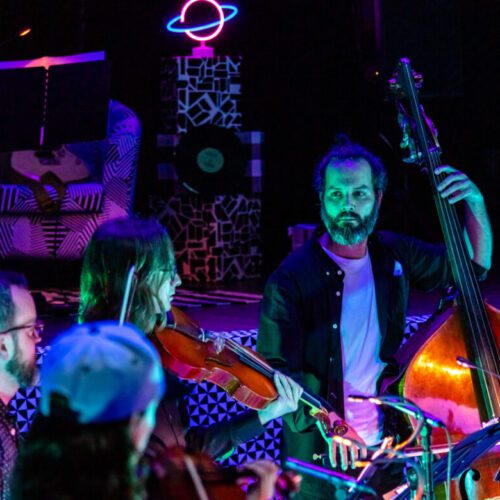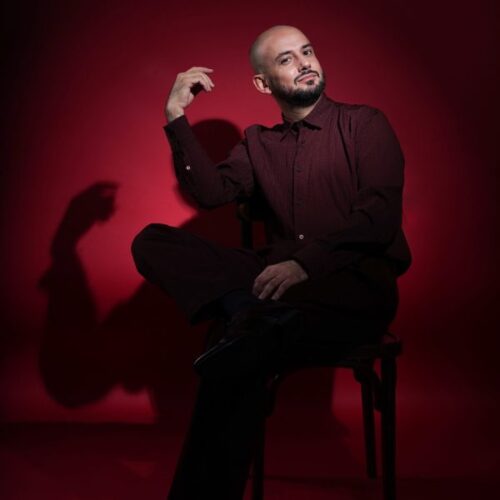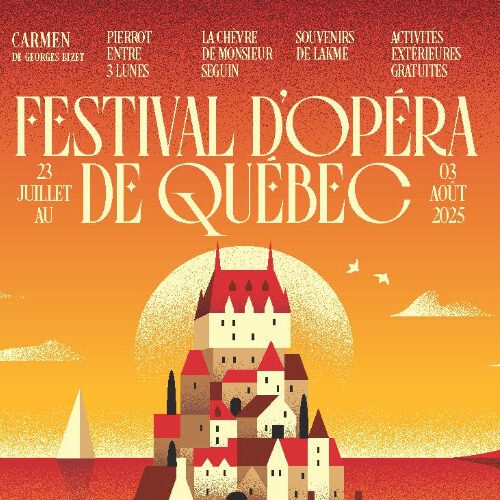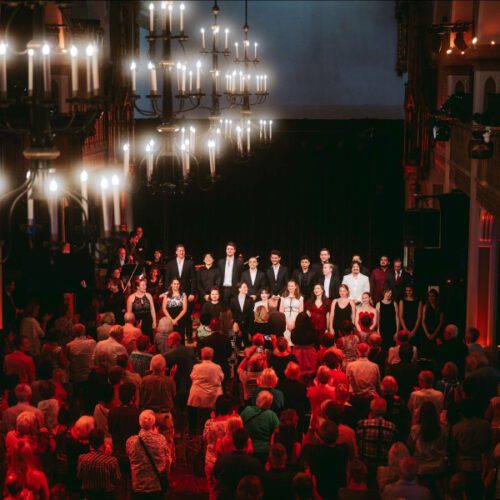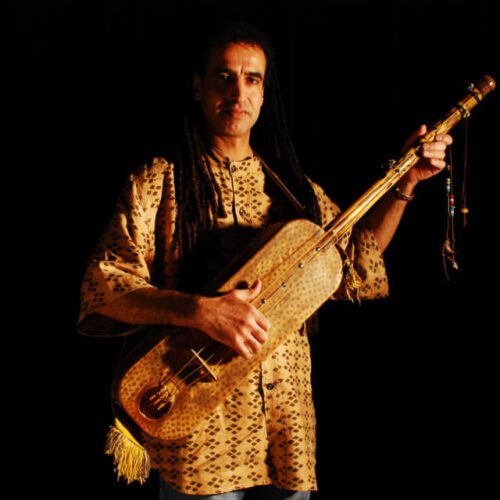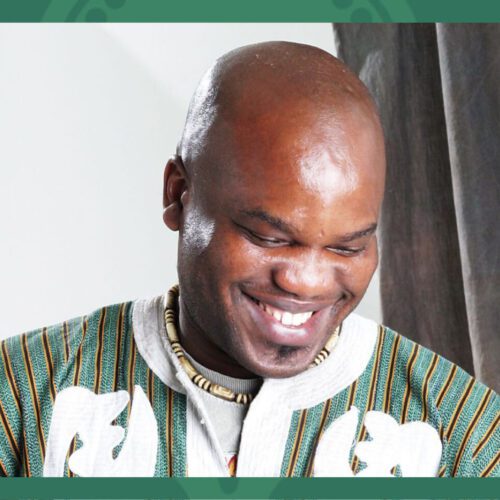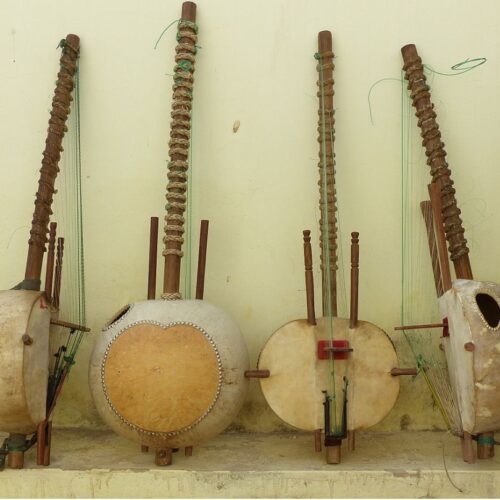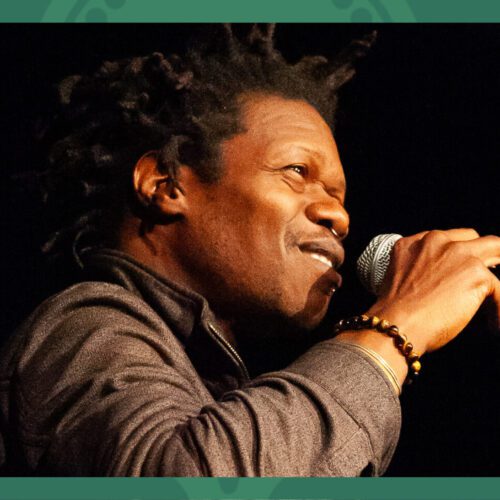Additional Information
In the 19th century, Vienna was not only the capital of serious classical music but also of waltz and other popular expressions. This Friday at the Maison Symphonique, the ArtChoral Ensemble reminds us of this in a Viennese evening of “songs, waltzes and romances”.
The “pop” romantic music of Johann Strauss II, a master of the waltz as we know it, and, more surprisingly, Johannes Brahms and his Liebeslieder or even Franz Schubert “who embodies the very essence of romantic vocal expression”, will be on the program of this Viennese evening offered by the ArtChoral Ensemble.
Long known as Ensemble Vocal Arts-Québec, ArtChoral was directed for almost 40 years by its founder Yves Courville. For 2019, the choir has appointed flutist and conductor Matthias Maute, also at the helm of Ensemble Caprice, as musical director.
PAN M 360: From the outset, Johann Strauss II and Brahms don’t seem compatible in the same program. How is this possible?
Matthias Maute: Well, it’s a rather special repertoire. It has to be said that the Brahms Liebeslieder are pieces written to appeal to the general public. For me, they were so different from the other Brahms pieces we know that it took me a while to figure out exactly what they were all about. And I find that he knows how to condense all that in these works. It’s just magnificent.
PAN M 360: It’s hard to imagine Brahms composing pop music!
Matthias Maute: It’s really quite special because Brahms was very fond of Johann Strauss II’s waltzes. And the two composers got on very well!
So Brahms composed operas and songs that included waltzes. This music was very popular, so much so that Brahms was a wealthy man by the end of his life, unlike Johann Strauss II’s father, whose Blue Danube was to be made. He was extremely poor when he died. His son, however, had done better and was still very successful.
PAN M 360: Very interesting. We’d have thought of Brahms as a modest man and Strauss as a rich man!
Matthias Maute: No, Brahms was on the rich side. He was very successful financially, and very generous to his colleagues and compatriots. The image of the poor artist, by the way, comes from the 19th century because there were no longer the outposts of earlier periods – with royal courts, churches and so on. The artist was then neglected by the upper echelons of society, he had to feed himself… it was often very difficult.
PAN M 360: So, serious and popular repertoires could coexist in the 19th century, as demonstrated by this Viennese evening.
Matthias Maute: We tend to put serious composers in one drawer and non-serious composers in another. But in real life in the 19th century, everything blended together, just as it does today. In fact, there’s a photo of Johann Strauss II and Johannes Brahms posing together in 1894. Brahms looks like an old man, with his beard and unkempt attire. Next to him, Johann Strauss II looks very elegant. He looked 20 years younger than Brahms, but in fact, he was eight years older! In general, Brahms was not interested in social conventions. He was known to be socially awkward, but there was nothing of the sort in his more popular music. It was very elegant, and highly inspired.
It may seem surprising, but the Liebeslieder are really part of his oeuvre, as he once played piano four hands with Clara Schumann, one of the great loves of his life. That said, he wrote the second collection of these pieces while in love with one of Clara Schumann’s daughters. It was complicated for him… (laughs)
PAN M 360: OMG, the Woody Allen of the time?!
Matthias Maute: A bit of that, yes!
PAN M 360: You also play 5 works by Franz Schubert in this program!
Matthias Maute: A Viennese evening without Schubert is unthinkable. So, in particular, three pieces for choir and piano. Before the interval, we’ll perform the famous Ständchen, an incredible piece for mezzo and male voices. A serenade to hopeless love, expressed with delightful music, truly one of the great vocal pieces of the 19th century.
PAN M 360: Let’s talk briefly about your two directions. We’ve already observed ArtChoral and Caprice working together, and this “natural” connection will continue this year. What will it be like?
Matthias Maute: ArtChoral will give two a cappella concerts at the Maison Symphonique, and Caprice will do three with ArtChoral. The following season, things will be moving up a gear. At ATMA Classique, moreover, there will soon be 15 ArtChoral albums that should constitute a digital library of the a cappella repertoire from the XVIᵉ to the XXIᵉ century. We’ve just released a romantic ArtChoral disc. And right now I’m talking to you in the middle of a rehearsal with thirteen Canadian composers that we’ll be recording next week.
The ArtChoral ensemble covers the entire choral repertoire. Choirs generally cover the whole repertoire. I love it because as a musician, conductor and instrumentalist, I’ve always covered every century of musical history. ArtChoral is the only choir to have a regular series at La Maison Symphonique, precisely because we want to promote a cappella singing. We’re working really hard to give choral music a more prominent place in the musical landscape here in Montreal.
PAN M 360: And it all kicks off with a Viennese evening at the Maison Symphonique.
Matthias Maute: There will be 1300 people coming to Vienna with us!
PAN M 360: Big charter trip!
Matthias Maute: Yes, it’s a big boat leaving.
ARTISTS
Choir: Ensemble ArtChoral
Conductor: Matthias Maute
Piano: Meagan Milatz & Suren Barry
PROGRAMME
· Johann STRAUSS II, The Blue Danube
· Johann STRAUSS II, Champagne Chorus
· Johannes BRAHMS, Liebeslieder op.52 (excerpts)
· Johannes BRAHMS, Liebeslieder op.65 (excerpts)
· Franz SCHUBERT, Ständchen, Der Tanz, Gott im Ungewitter, Coronach, Der Tanz
